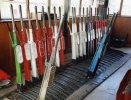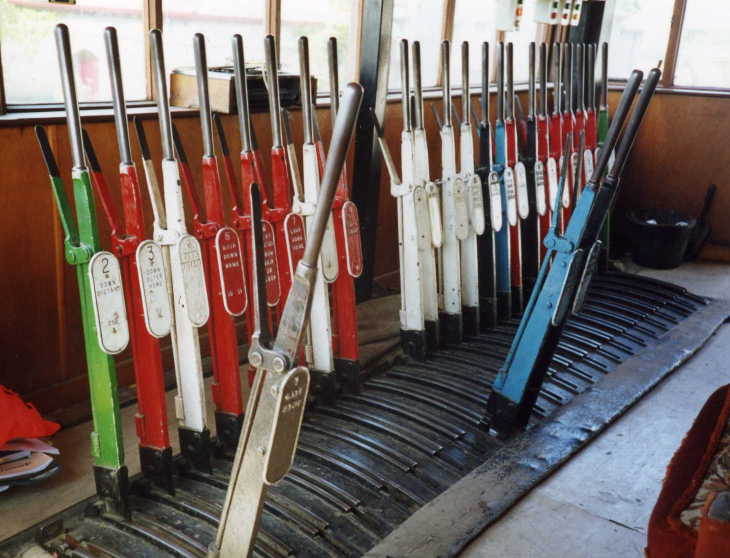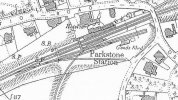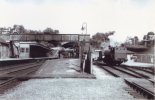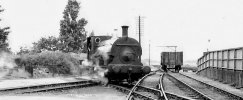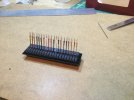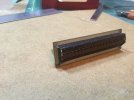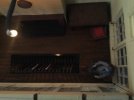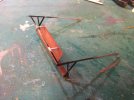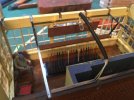simond
Western Thunderer
Thanks Michael,
I'm sure Jon would post one to you. He does appear occasionally on WT, @Jon Fitness, or you could email him at boltonsbits@btinternet.com
Waiting up for MsD to get back from university. Words fail me that the M25 was closed due to flooding, its not political to say that’s simply not acceptable. Bah.
As I had time, I fixed the three plates that didn’t line up nicely, and drilled a couple of cross holes through the frame to put in a couple of pins to hold the pivot rod in place. Jon suggests gluing it, but I prefer the ability to dismantle. And I wanted to cut the hole in the ‘box floor and see what it looks like, without the levers falling through the frame.
So I did that too, it‘s in, and it needs a bit of plasticard/microstrip edging around the frame but quite happy. It is much easier to cut holes in laser cut buildings before they’re assembled! Photos tomorrow.
I’ll have to make the block shelf (brass I think), 3DP some instruments, (maybe turn the bells, better than paint!) and a cupboard, and the box’ll be pretty much done.
atb
Simon
I'm sure Jon would post one to you. He does appear occasionally on WT, @Jon Fitness, or you could email him at boltonsbits@btinternet.com
Waiting up for MsD to get back from university. Words fail me that the M25 was closed due to flooding, its not political to say that’s simply not acceptable. Bah.
As I had time, I fixed the three plates that didn’t line up nicely, and drilled a couple of cross holes through the frame to put in a couple of pins to hold the pivot rod in place. Jon suggests gluing it, but I prefer the ability to dismantle. And I wanted to cut the hole in the ‘box floor and see what it looks like, without the levers falling through the frame.
So I did that too, it‘s in, and it needs a bit of plasticard/microstrip edging around the frame but quite happy. It is much easier to cut holes in laser cut buildings before they’re assembled! Photos tomorrow.
I’ll have to make the block shelf (brass I think), 3DP some instruments, (maybe turn the bells, better than paint!) and a cupboard, and the box’ll be pretty much done.
atb
Simon

